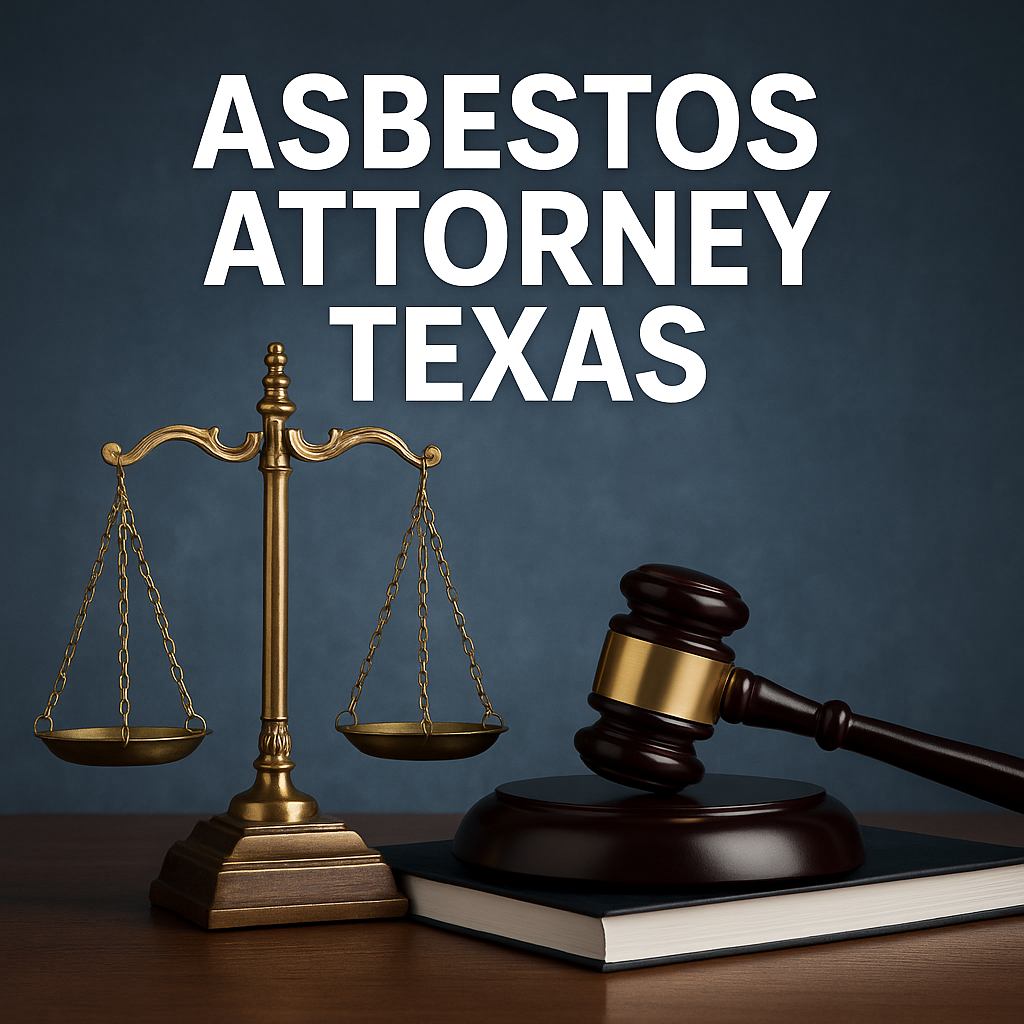When dealing with asbestos-related claims, one of the most complex and contested aspects is determining when an “occurrence” of injury happens — especially when decades may pass between exposure and diagnosis. A recent federal court ruling in Texas has reinforced the exposure trigger theory in asbestos litigation, shaping how excess insurance policies are interpreted for long-tail claims.
As a content writer specializing in legal topics, I find the case of Berkshire Hathaway Specialty Ins. Co. v. Interstate Fire & Cas. Co. particularly important for asbestos attorneys, insurance litigators, and claimants alike.
⚖️ What Happened in the Texas Court?
On March 31, 2025, the U.S. District Court for the Northern District of Texas issued a critical opinion in a dispute involving asbestos injury claims stemming from Murco Wall Products, a company whose asbestos-containing materials were widely used during the 1970s and 1980s.
Murco’s primary insurance coverage had been either exhausted or rendered unavailable due to insolvency, prompting the company to seek indemnification from its excess carriers, including Canal Insurance and Interstate Fire & Casualty. Berkshire Hathaway, having already defended Murco in three lawsuits, sought contribution from these other excess insurers.
However, Canal and Interstate argued that the asbestos exposures did not occur during their policy periods, and thus their coverage was not triggered.
📘 Legal Focus: What Is the Exposure Trigger Theory?
The exposure trigger theory maintains that an insurance policy is triggered when the claimant is first exposed to a harmful substance, such as asbestos — regardless of when symptoms or injury actually appear.
This contrasts with the injury-in-fact trigger theory, which holds that actual bodily damage, even years after the exposure, can trigger coverage.
Judge Mark T. Pittman, presiding over the case, sided with the exposure-based approach. He emphasized that, under Texas precedent and the plain policy language, what matters is whether any part of the exposure occurred during the policy term — not the manifestation of the injury itself.
🧾 Key Takeaways from the Court’s Decision
-
The court granted summary judgment in favor of the excess insurers in two of the three underlying lawsuits due to lack of alleged exposure during their policy periods.
-
For the third lawsuit, vague allegations of exposure were enough to raise a genuine issue of material fact, keeping it alive for further proceedings.
-
The Court adopted an exposure trigger interpretation that leans even more favorably toward policyholders than earlier rulings, like Guaranty National Ins. Co. v. Azrock Industries (5th Cir. 2000).
-
The decision reaffirms the importance of clear “occurrence” language in insurance contracts and the role it plays in complex asbestos-related claims.
🛡️ Why This Matters for Asbestos Attorneys
This ruling is especially relevant for Texas-based asbestos attorneys, as it clarifies how courts may apply occurrence-based policy provisions in future cases. It underscores the critical need for:
-
Detailed exposure evidence within policy windows
-
Early collection of employment, product, and site history
-
Expert medical opinions tracing exposure timelines
For firms pursuing claims against insurers on behalf of mesothelioma and asbestos victims, this case reinforces the necessity of aligning arguments with established Texas law and the policy language at issue.
💼 Final Thoughts
As a legal writer, I believe this case serves as a clear reminder: in asbestos litigation, the language in the insurance policy governs, and the timeline of exposure—not injury—is often decisive in determining liability coverage.
For victims and their families navigating complex asbestos-related legal claims, having a knowledgeable asbestos attorney in Texas who understands these intricacies is crucial for success.
